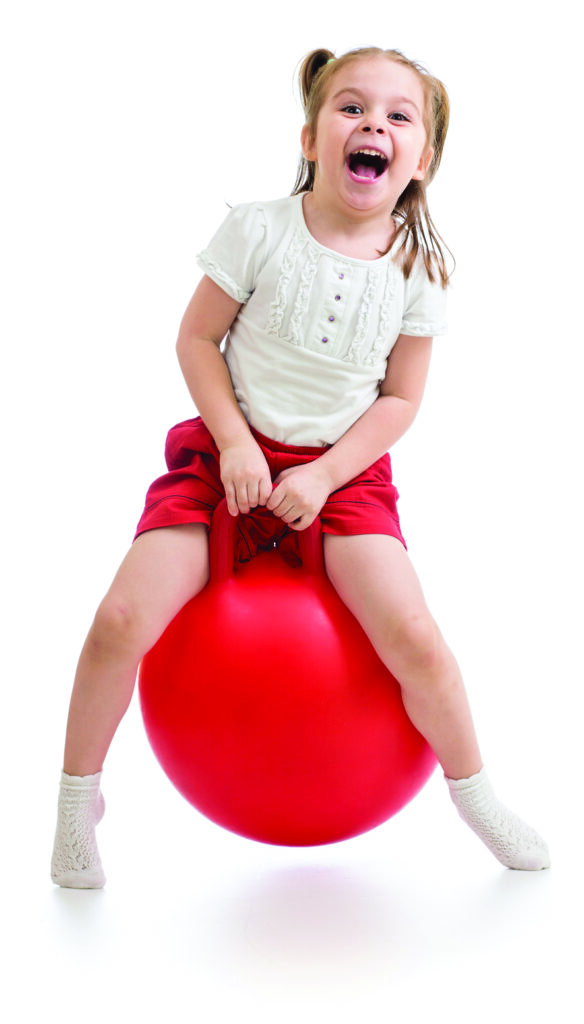Do you know activity level your child should be at and what are the best kid-approved activities?
We all know that we need to get in shape and stay in shape for the summer, but what about our energetic bundles of activity known as our children? Kids to teens need to have regular physical activity equally as much as adults do and with physical education at school on the decline, parents are more responsible for educating their children on staying fit and healthy. Take our quiz and pick up some helpful tips to set your children up for being healthy adults for life!
1) According to the National Association of Sports and Physical Education, what is the minimum amount of recommended activity that children, ages 4-18, should participate in?
- 30 minutes
- 60 minutes or more
- 45 minutes
- No specific amount is needed
2) True or False: The age group of 4-5-year-olds should have only adult-led activity for their daily fitness each day.
3) What activities should 4-5-year-olds participate in?
- Playing freeze tag
- Swimming
- Hitting a foam ball on a T-ball stand
- All of the Above
4) What should children ages 6-12 do for physical education?
- Play with jump ropes
- Sit at home playing video games
- Try a team sport or unique sport (fencing, golf, skateboarding).
- A and C
5) True or False: Teens are more active than younger children.
6) What do children and teens gain from being more physically active?
- Improved self-esteem
- Healthier weight
- Stronger social skills
- More knowledge of their skill levels
- All of the Above
7) What are some fitness activities that a teen can do?
- Yoga
- Gym membership
- Weight training
- Walking or biking to school
- All of the Above
8) What can you do as a family together for exercise?
- Watch a movie together
- Take a family walk
- Focus on doing exercises individually
- Do household chores
Resource: All information is courtesy of Kids Health at Nemours website.
ANSWERS
Answer 1: B) 60 minutes or more. Each age group should have at least 60 minutes of activity each day and increase the time when the child/teen is ready. It is also recommended to keep inactivity time to an hour or less (less than two hours for ages six and up).
Answer 2: False. Parents should encourage their 4-5-year-olds to have at least 60 minutes of free play each day, in addition to the 60 minutes of adult-led activity, which will help them develop their activity and social skills.
Answer 3: D) All of the Above. Children at this age need more activities that are fun but still present a challenge to further their skills. Playing on the playground, riding bikes, dancing, and even participating in a parent-created obstacle course are also healthy activities to do.
Answer 4: D) A and C. Avoid having children play a lot of video games at home (unless it is games that encourage movement) and have them participate in team leagues or play with toys (such as jump rope, foam balls, hula hoops) at home.
Answer 5: False. As children age, their energy levels decrease and they spend more time devoted to media outlets (more than six hours each day on TV, phone, Internet) than outdoor physical activities. Work with your teen to create an exercise routine to fit their schedule or take part in a sport at school.
Answer 6: E) All of the Above. Children and teens who start early getting more involved in their fitness are more likely to have higher self-confidence, more social interaction skills, and lower risk of contracting weight-related diseases or conditions when they reach adulthood.
Answer 7: E) All of the Above. With part-time jobs, school, and friends, teens may find it hard to set aside time for their exercise. Nowadays, gyms offer memberships geared towards teens where they can take classes or just work out on the exercise equipment. Walking or biking to school instead of driving is also helpful, as is participating in yoga or other fitness routine classes (even from workout videos) and weight training (at school or in free time).
Answer 8: B) and D). Taking a family walk around dinnertime is always a healthy option for exercise that you as a family can participate in together. Doing household chores is another option, which also teaches your children responsibilities and learning to clean up after themselves.
